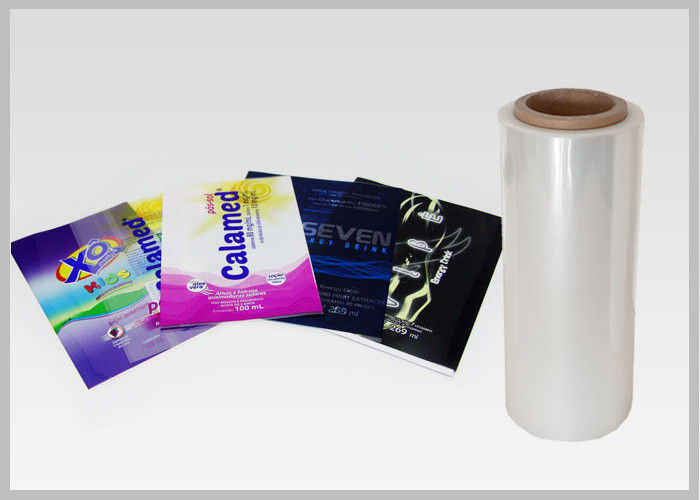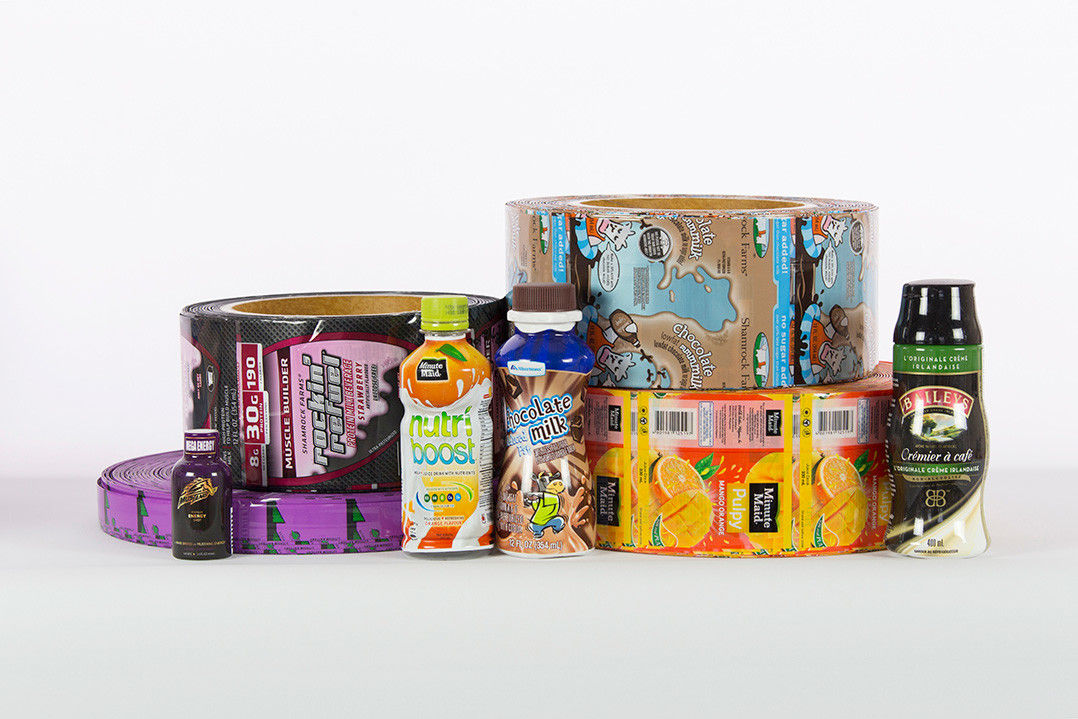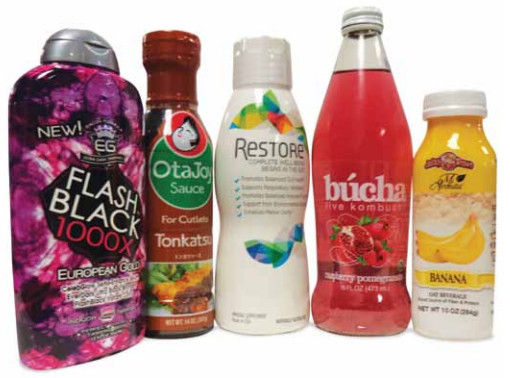1) How does HYF package the product?
HYF packages two ways, vertical (which is the usual manner of shipment.) and horizontal for some of our larger sizes. We have two sizes of paper cores, six inch (153mm) and three inch (76mm).
For vertical packaging, the roll is wrapped with film with corepads attached to the ends of the roll by inserting plastic plugs into the core. The roll is then wrapped with thermal insulation film for protection.
For horizontal packaging the roll is wrapped with polyethylene film and set on fumigation-free plywood end boards. The rolls are then strapped to each other and to the pallet. Finally, each pallet is then stretched wrapped prior to shipment.
2) How do I know how many splices are in a roll?
The number of splices is listed on the production label.
3) What if I have a need for a special product?
If a customer has a special product need, HYF would take appropriate action after confirming and discussing the issue with the customer.
4) How should the film be stored?
Heat shrinkable film is unlike other film substrates. You must take care that the film is stored at or below the temperature suggested to prevent premature shrinkage from occurring. Care must also be taken in storing the film after printing, and in shipping film to co-packers or end-users. Some natural shrink information is provided for you on each specification sheet. This goes for all shrinkable film.
5) What is the glues for PVC, PETG, PLA shrink film?
For PVC and PLA shrink film, the glue is Cyclohexanone
For PETG shrink film, the glue is 1.3 dioxane.
6) Is your PVC shrink film cast or blown?
Our PVC shrink film is blown.
7) What is the transportation condition for shrink films?
It should be shipped by reefer container in +15℃ with air.
8) Can I receive a sample of your products?
Yes, you can.
For PVC and PETG shrink film, one small roll sample with 200m could be provided as free sample, but the transportation fee is afforded by your side.
For PLA shrink film, the sampling fee and transportation need be afforded by your side.
9) What is the minimum number of shrink sleeves I can order?
Small order could be accepted. However, due to the features of shrink films, reefer container is suggested to be used during the shipment.
10) How shrink sleeve films be stored?
--- Please store it in temperatures above 30℃ (86°F) or below 10℃ (50°F)
--- Do not expose to rapid temperature changes
--- Do not store in direct sunlight
--- For mechanical, moisture and dust protection, store film in its original packaging.
11) How do I request a quote?
You can request a quote by speaking with us online or send emails. For a firm quote, it is better to provide us the type of film with detailed size and quantity.

 Your message must be between 20-3,000 characters!
Your message must be between 20-3,000 characters! Please check your E-mail!
Please check your E-mail!  Your message must be between 20-3,000 characters!
Your message must be between 20-3,000 characters! Please check your E-mail!
Please check your E-mail! 


